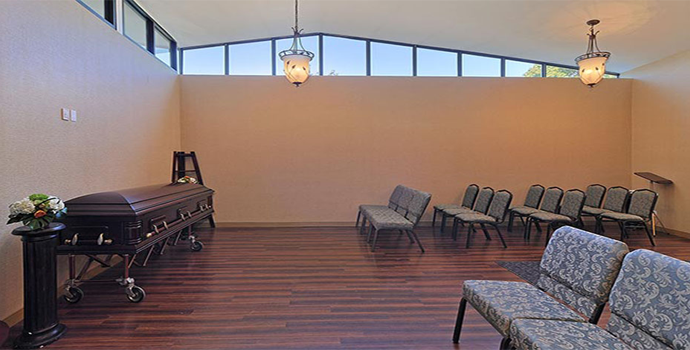In Canada, there are three main funeral rituals: viewings, the service itself, then burial.
Not all religious traditions follow this pattern, however.
The following rituals are commonplace for most Christians but would differ somewhat from Jewish, Hindu and Muslim practices.
Viewings
Sometimes called “visitations” or “wakes,” viewings are gatherings of the deceased friends and families. They are not formal rituals. Rather, they are more like social gatherings held a day or two before the funeral.
During viewings, visitors assemble to pay their last respects to the deceased and extend their sympathies to surviving relatives. The gathering room is usually decorated with photos of the deceased, along with floral arrangements.
A traditional Irish wake is more like a party, and can last three days. It takes its name from the fact that there is always someone “awake” with the body, usually someone praying for the repose of their soul.
During visitations, families have the option of displaying an “open” or “closed” casket. This depends on a number of factors: the deceased’s wishes, those of his or her closest relatives, and the condition of the body.
Funeral Service
Roman Catholics celebrate a special Mass for the dead, which is always held in a church. Other Christian denominations permit funeral services in a church or in a funeral home’s chapel.
Appropriate music, along with readings from the Bible and other texts, are typical aspects of a modern funeral service. A friend or family member may also deliver a eulogy, a short speech highlighting memorable moments in the deceased individual’s life.
Catholics also don’t encourage eulogies or the use of popular music during a funeral Mass; however, as both have become popularized by other religious traditions as well as by media depictions of funerals, some Catholic priests have relaxed rules prohibiting them.
At a Catholic funeral Mass, the coffin is always closed. However, it may be open during a service in a Protestant church or a funeral home.
Burial
Burial is often conducted soon after the funeral service.
Cemetery staff are assisted by pallbearers – relatives and/or friends of the deceased, usually male, who carry the coffin from church to hearse, and from there to the burial site.
It isn’t uncommon for clergy or relatives to say a few formal words at the gravesite.
At St. John’s Dixie, we endeavor to accommodate all traditions with reverence and dignity. Our staff is always available to listen to your concerns and help you plan a funeral service that reflects the beliefs of you and your loved ones.


